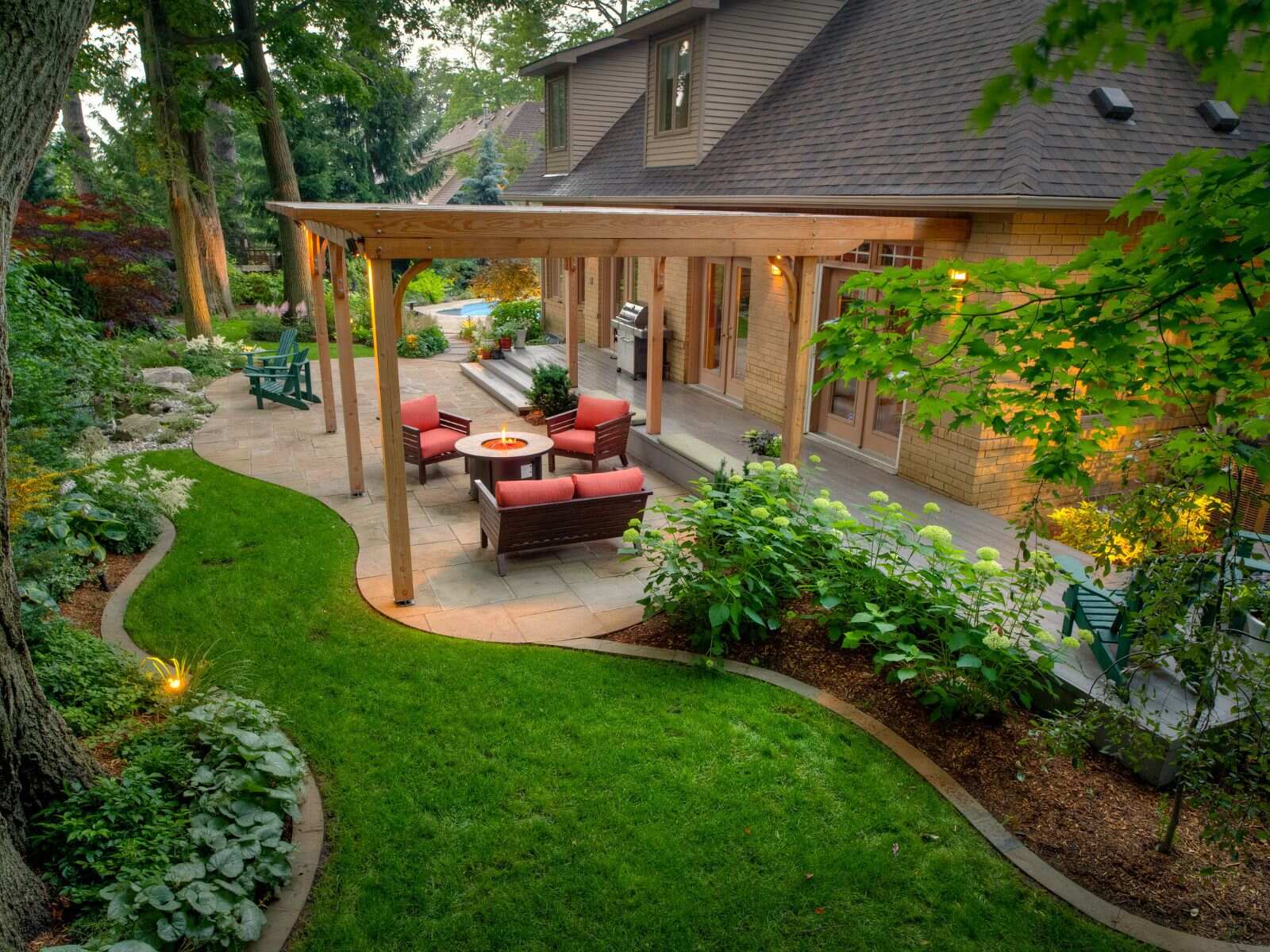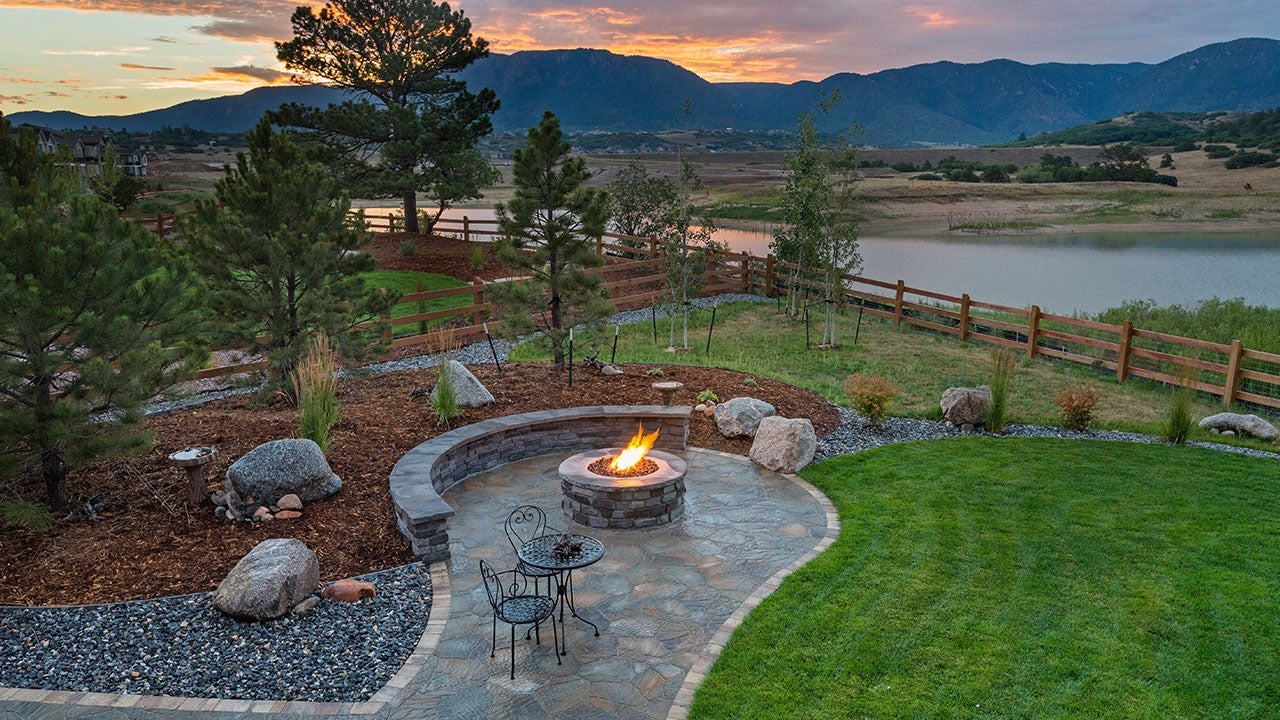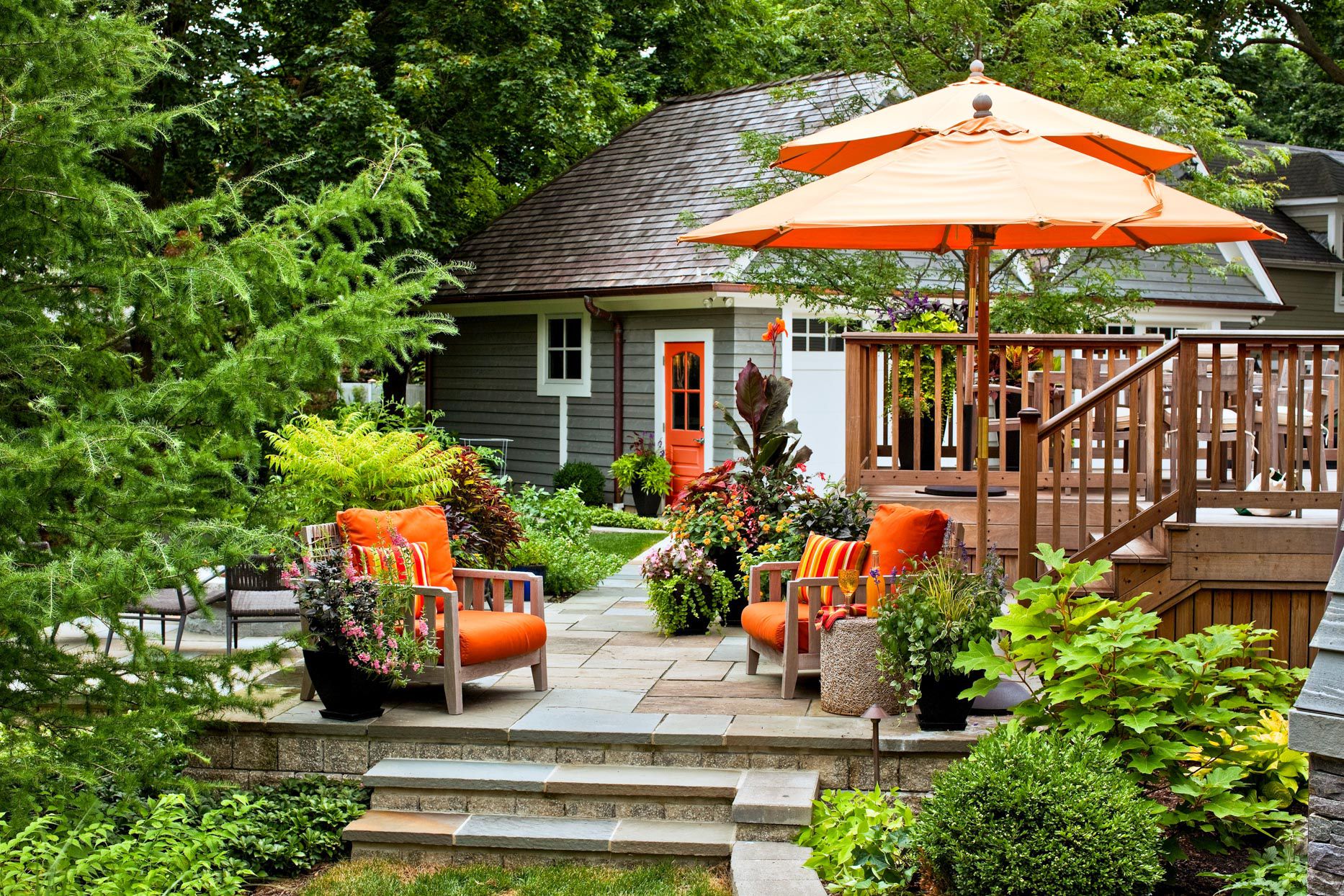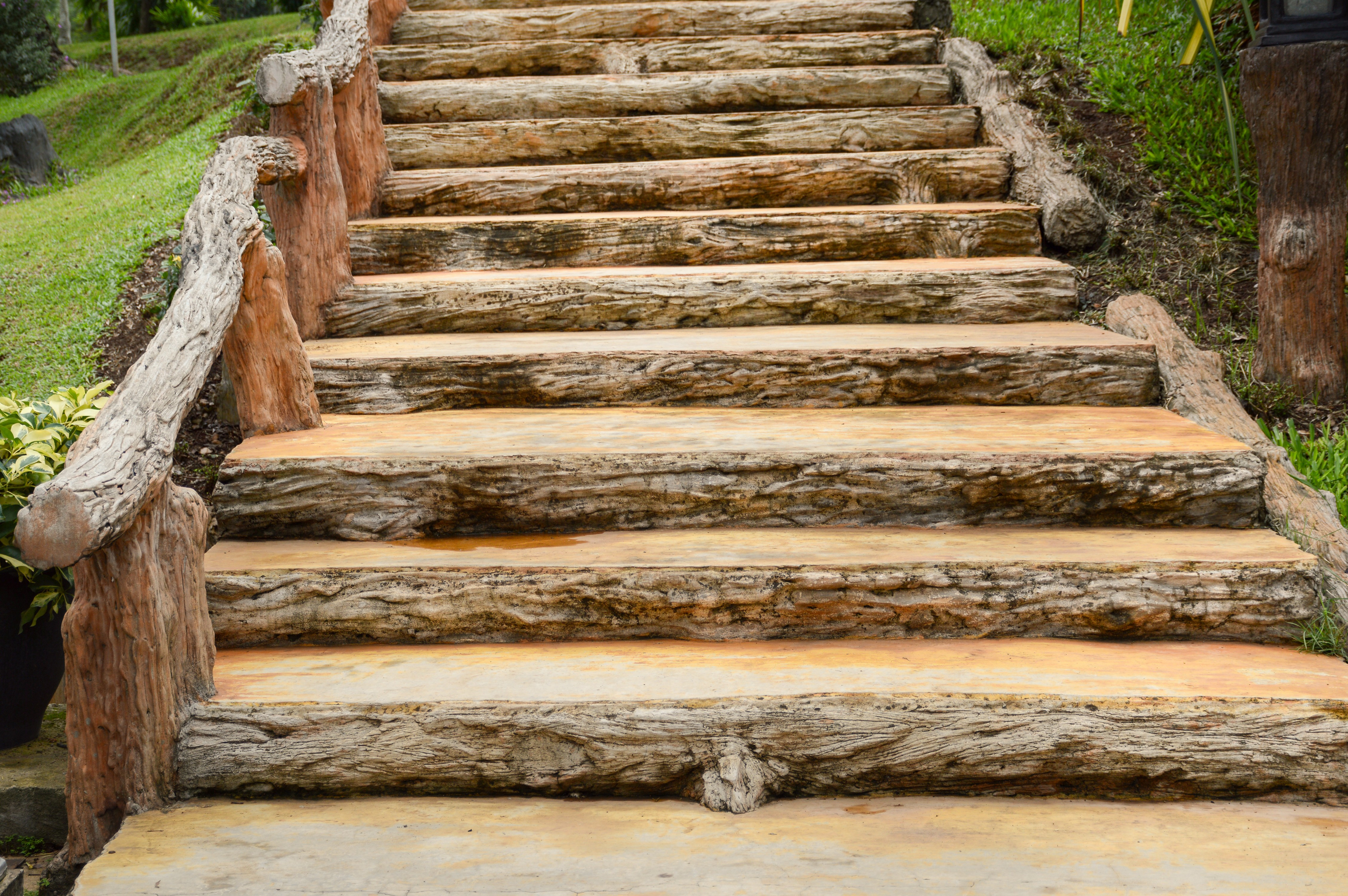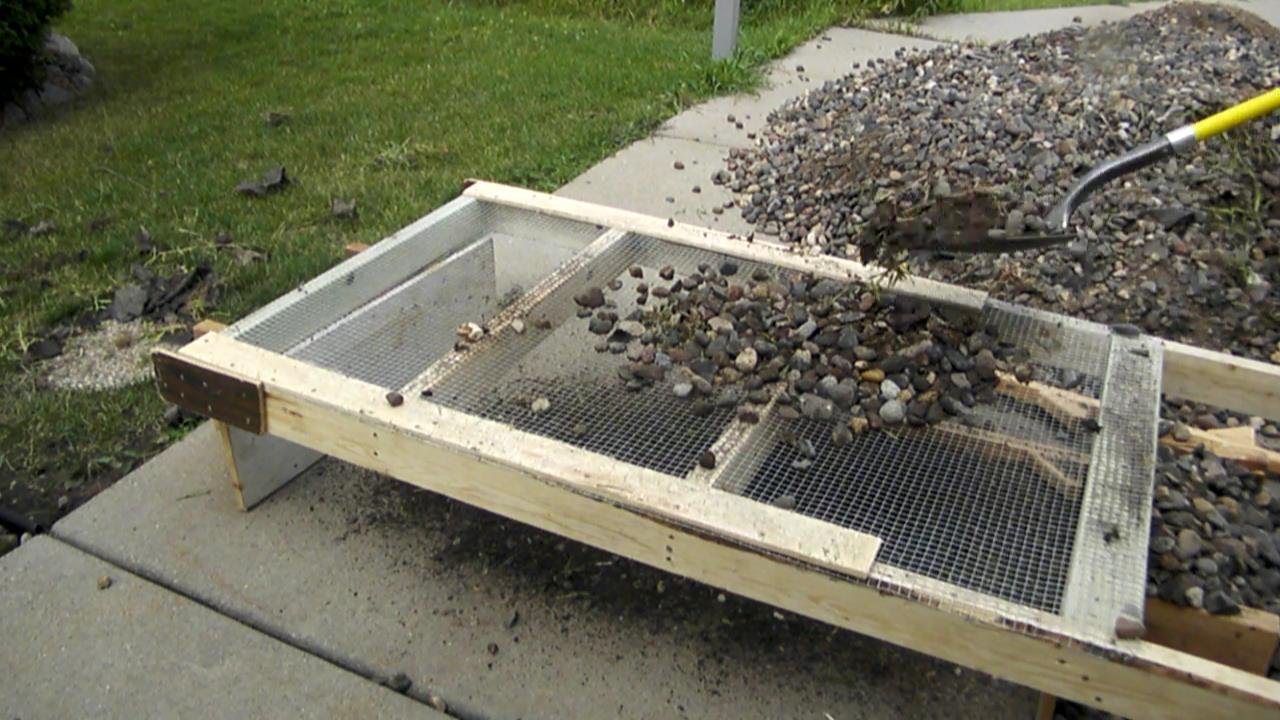Home>Garden Design>Landscape Design>How To Stack Landscaping Stones
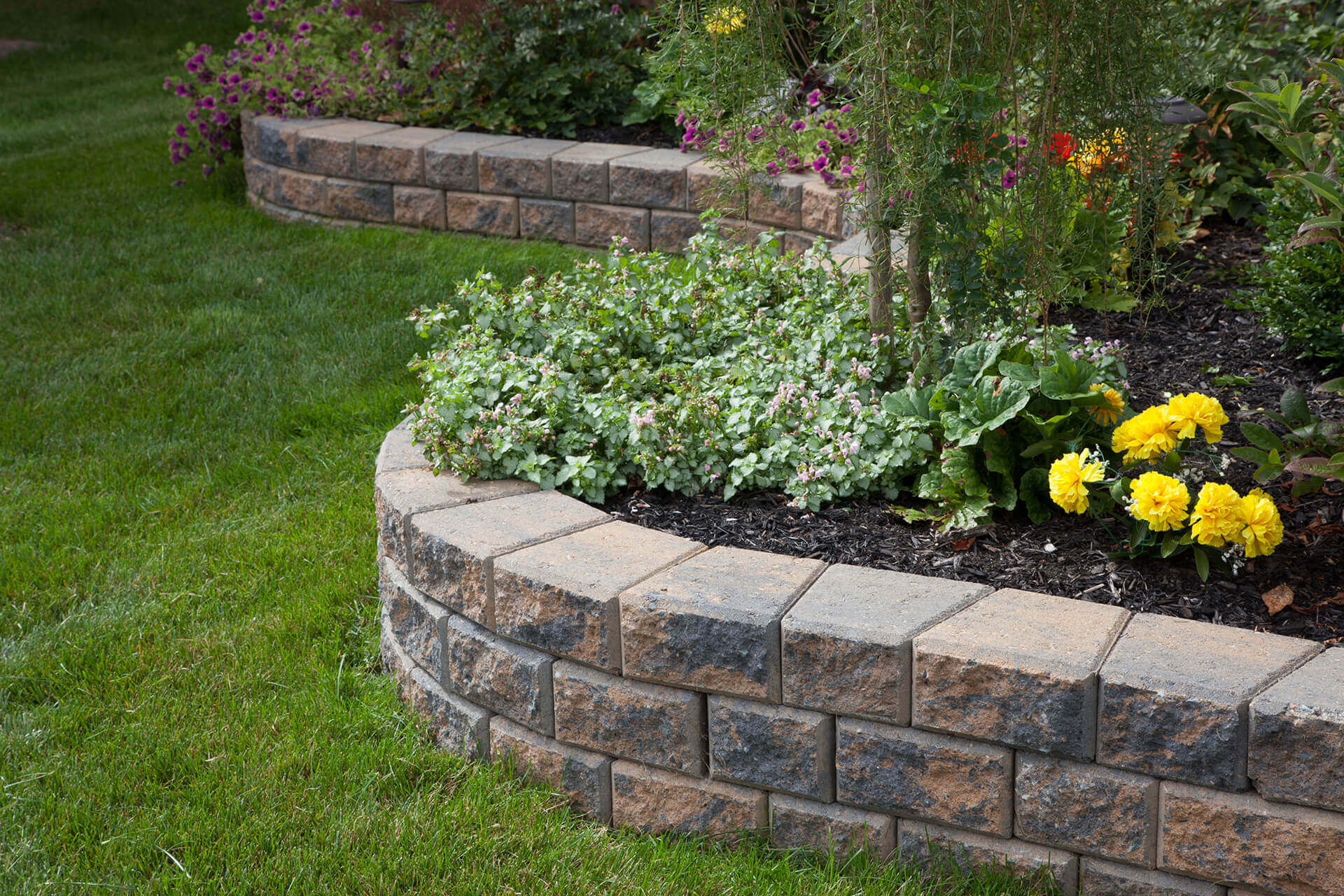

Landscape Design
How To Stack Landscaping Stones
Modified: January 22, 2024
Learn how to stack landscaping stones and enhance your landscape design with our step-by-step guide. Create stunning outdoor spaces with ease using our expert tips and techniques.
(Many of the links in this article redirect to a specific reviewed product. Your purchase of these products through affiliate links helps to generate commission for Chicagolandgardening.com, at no extra cost. Learn more)
Table of Contents
Introduction
Welcome to the fascinating world of landscaping stones! If you’re looking to add depth, texture, and visual interest to your outdoor space, stacking landscaping stones is an excellent option. Not only does it create a stunning focal point, but it also offers numerous benefits for your landscape design.
In this article, we will guide you through the process of stacking landscaping stones, from choosing the right stones to adding finishing touches. By the end, you’ll have the knowledge and confidence to transform your backyard into a breathtaking oasis.
Stacking landscaping stones is a versatile technique that can be used for various purposes. Whether you want to build a decorative wall, create raised flower beds, or construct a stunning pathway, stacking stones allows you to unleash your creativity and produce stunning results.
Not only does the art of stacking stones enhance the aesthetic appeal of your outdoor space, but it also offers functional benefits. The natural strength and durability of landscaping stones make them ideal for retaining walls and erosion control. Additionally, stacked stones can serve as barriers to define different areas in your yard, creating a sense of organization and structure.
Furthermore, stacking landscaping stones allows you to incorporate different colors, shapes, and sizes, giving you the flexibility to customize your design according to your personal preference. Whether you prefer a modern, sleek look or a rustic, natural vibe, there is a wide range of stone options available to suit your style.
Before you embark on your stacking adventure, it’s important to choose the right type of landscaping stones. Factors such as the purpose, location, and climate should be considered to ensure longevity and a cohesive look. Additionally, the size and weight of the stones should be taken into account to ensure stability and ease of installation.
Now that you have a brief introduction to the world of stacking landscaping stones, let’s dive deeper into the benefits and considerations that will help you create a stunning and durable outdoor space.
Benefits of Stacking Landscaping Stones
Stacking landscaping stones offers a multitude of benefits that go beyond just aesthetics. Here are some of the key advantages:
- Enhanced visual appeal: Stacked landscaping stones add depth, texture, and visual interest to your outdoor space. They create a focal point that draws the eye and adds a unique charm to your landscape design.
- Increased functionality: Stacked stones can serve various purposes, from creating retaining walls to defining garden borders. They can also be used to build raised flower beds, seating areas, and even outdoor fire pits. The versatility of stacked stones allows you to make the most of your outdoor space.
- Improved durability: Landscaping stones are known for their durability, making them ideal for outdoor projects. When properly stacked and secured, they can withstand harsh weather conditions and erosion, providing long-lasting beauty and structural stability to your landscape.
- Eco-friendly option: Opting for landscaping stones as opposed to other materials like wood or concrete can be more environmentally friendly. Stones are a natural resource that does not require extensive manufacturing processes, reducing carbon emissions.
- Low maintenance: Once your landscaping stones are properly stacked and secured, they require minimal maintenance. Unlike wood, which may rot or need regular staining, stones are resistant to pests, rotting, and fading. This means you can spend less time on upkeep and more time enjoying your beautiful outdoor space.
- Increased property value: A well-designed landscape can significantly increase the value of your property. Stacking landscaping stones adds curb appeal, making your home more attractive to potential buyers. It’s a wise investment that not only enhances your enjoyment of the space but also adds value to your property.
With these benefits in mind, it’s clear that stacking landscaping stones is a smart and rewarding choice for transforming your outdoor space. Not only will you create a visually stunning landscape, but you’ll also enjoy the practical advantages that come with it.
Choosing the Right Landscaping Stones
Choosing the right type of landscaping stones is crucial for achieving the desired aesthetic and ensuring durability. Here are some factors to consider when selecting your stones:
- Purpose: Determine the purpose of your stacked stones. Are you building a retaining wall, creating a pathway, or constructing a decorative feature? Different purposes may require different types of stones, such as larger ones for stability or smaller ones for intricate designs.
- Style: Consider the overall style of your landscape design. Do you prefer a natural, rustic look? In that case, you may opt for irregular-shaped stones with earthy tones. If you’re going for a more modern and sleek design, you may choose flat, smooth stones in a uniform size and color.
- Color: Think about the color scheme of your outdoor space and how the stones will complement it. You can choose stones that blend in with the existing color palette or select contrasting tones for a bold and dramatic effect.
- Size and shape: The size and shape of the stones will impact the overall look and stability of your stacked design. Larger stones are typically more stable for retaining walls, while smaller stones are more versatile for intricate designs.
- Texture: Consider the texture of the stones and how it will contribute to the overall aesthetic. Some stones have a smooth, polished surface, while others have a more natural, rough texture. Choose stones that fit your desired look and feel.
- Availability: Check the availability of the stones in your area. Certain types of stones may be more readily available and cost-effective, while others may need to be imported, which can increase the overall project cost.
- Climate resistance: Consider the climate in your area and choose stones that are suitable for the local weather conditions. Some stones may be more prone to erosion or cracking in extreme temperatures, so it’s important to select stones that can withstand the climate.
It’s essential to visit stone suppliers and view samples in person to get a better idea of how the stones will look in your outdoor space. Additionally, consulting with a landscaping professional can provide valuable insights and help you make an informed decision.
By carefully considering these factors, you can choose the right landscaping stones that align with your design vision and ensure a durable and visually captivating stacked stone project.
Preparing the Area
Before you start stacking landscaping stones, it’s essential to properly prepare the area to ensure a solid foundation and optimal results. Here are the steps to follow when preparing the area:
- Clear the space: Remove any existing vegetation, debris, or obstacles from the area where you’ll be stacking the stones. This includes grass, weeds, rocks, and any other impediments that may interfere with the installation process.
- Mark the boundaries: Use stakes and string or spray paint to mark the boundaries of your stacked stone project. This will help you visualize the area and ensure that you stay within the intended space while stacking the stones.
- Level the ground: Use a shovel, rake, or a hand tamper to level the ground where the stones will be placed. It’s important to create a flat and even surface to prevent any shifting or instability once the stones are stacked.
- Add a weed barrier: To prevent weeds from growing through the gaps in your stacked stones, consider installing a weed barrier. This can be a geotextile fabric or a layer of landscape fabric that inhibits weed growth while allowing proper drainage.
- Consider drainage: If your project involves a retaining wall or an area prone to water accumulation, it’s crucial to ensure proper drainage. This can be achieved by adding gravel or a perforated pipe behind the wall to redirect water away from the structure.
- Prepare the base: Depending on the size and weight of the stones, you may need to excavate the area and add a base material for stability. This can include crushed stone, gravel, or even a concrete footing, especially for larger or heavier projects. The base should be compacted and leveled to provide a solid foundation for the stacked stones.
Remember to consult local building codes and regulations if you are constructing a larger or more complex project to ensure compliance and structural integrity.
Taking the time to properly prepare the area before stacking the landscaping stones will contribute to a more successful and long-lasting project. Once the area is cleared, leveled, and prepped, you’re ready to start building the base for your stacked stone masterpiece.
Building the Base
The base serves as the foundation for your stacked landscaping stones, providing stability and structural support. Here’s how to build a solid base for your project:
- Measure and mark: Use a tape measure and stakes to determine the desired height and dimensions of your stacked stone project. Mark the corners and edges of the base area with stakes and string to guide your construction.
- Excavation: If necessary, excavate the marked area to create a level and uniform base. Remove any excess soil, rocks, or debris from the excavation site. Ensure that the base is deep enough to accommodate the thickness of the base material and the first layer of stones.
- Add base material: Depending on the size and weight of your stacked stones, add a layer of base material like crushed stone or gravel to the excavated area. Spread and level the material evenly using a rake or hand tamper, compacting it to create a stable foundation. The thickness of the base material will vary depending on the size and weight of the stones and can range from a few inches to several inches.
- Compact the base: After adding the base material, use a hand tamper or plate compactor to compact the base. This step ensures that the material is tightly packed, creating a solid and stable surface for the stacked stones. Regularly check for levelness throughout the compaction process.
- Check for levelness: Use a level to check the evenness of the base. Adjust the base material as needed to achieve a level surface. This step is crucial to prevent any unevenness in the stacked stones.
- Add sand: For smaller projects or more intricate designs, you may choose to add a layer of builder’s sand on top of the compacted base material. This allows for adjustments and fine-tuning of the stone placement. Spread the sand evenly and level it using a rake or screed board.
Building a solid base is essential to ensure the stability and longevity of your stacked stone project. Remember to follow the specific instructions for the base material you are using and consult with a landscaping professional if you have any concerns about the structural integrity of your design.
Once the base is built and properly compacted, you’re ready to move on to the exciting part: arranging and stacking the landscaping stones to create your unique design.
Arranging and Stacking the Stones
Now comes the fun part – arranging and stacking the landscaping stones to bring your design to life. Here are the steps to follow:
- Plan your layout: Before you start stacking, lay out the stones on the base or the sand layer. This will allow you to experiment with different arrangements and visualize the final result. Consider the size, shape, and color of the stones to create a visually appealing design.
- Start with the largest stones: Begin by placing the largest and most stable stones as the base layer. These stones will provide a solid foundation for the rest of the stack. Position them close together, ensuring tight and stable connections.
- Continue with mid-sized stones: Once the base layer is in place, continue stacking with medium-sized stones. Fit them snugly against the base stones, using their shape and size to create interest and stability in the arrangement.
- Add smaller stones for detail: Use smaller stones to fill in gaps and add intricate details to the stack. These stones can be strategically placed to create visual interest and a balanced composition.
- Vary the orientation: For a natural and organic look, vary the orientation of the stones. Instead of stacking them all vertically, tilt some stones at different angles to create depth and texture in the design.
- Check for stability: As you stack the stones, regularly check for stability and levelness. Adjust the stones as needed, ensuring that each layer is securely supported by the layer beneath it.
- Create cohesion: Aim for a cohesive and harmonious look by using stones of similar colors or textures throughout the stack. This will tie the design together and create a visually pleasing result.
Experiment with different arrangements and take your time to perfect the placement of each stone. Remember, the beauty of stacking landscaping stones lies in the ability to create unique and personalized designs that reflect your style and vision.
Once you are satisfied with the placement of the stones, it’s time to secure the stack to ensure long-term stability.
Securing the Stacked Stones
Securing the stacked landscaping stones is crucial to ensure the stability and longevity of your creation. Here are some methods to consider:
- Use adhesive: Apply a landscaping adhesive or construction adhesive between the stones to create a stronger bond. Choose an adhesive that is specifically designed for outdoor use and compatible with your chosen stone material. Follow the manufacturer’s instructions for application and curing time.
- Interlock the stones: Ensure that the stones are tightly interlocked by positioning them closely together. This will prevent shifting and enhance the overall stability of the stack.
- Backfill with gravel: For retaining walls or taller stacked stone structures, consider backfilling behind the stones with gravel. This provides additional support and prevents soil pressure from pushing against the stack.
- Install wall ties: In the case of taller or freestanding stacked stone walls, consider installing wall ties for added reinforcement. Wall ties are metal rods or plates that are securely anchored into the ground or the underlying base material.
- Consult with a professional: If you’re unsure about the stability of your stacked stones or have specific structural requirements, it’s recommended to consult with a professional landscaper or stonemason. They can provide expert guidance and ensure that your project meets safety standards.
Remember that the method of securing will depend on the size, weight, and purpose of your stacked stone structure. It’s important to choose the most appropriate method to ensure the integrity and safety of the stack.
Once the stacked stones are securely in place, it’s time to add the finishing touches that will elevate the overall aesthetics of your landscape design.
Adding Finishing Touches
Adding finishing touches to your stacked landscaping stones can enhance the overall beauty and polish of your design. Here are some ideas to consider:
- Add decorative accents: Incorporate decorative accents like small plants, flowers, or succulents between the stones. This adds a pop of color and brings life to the stack.
- Integrate lighting: Install outdoor lighting fixtures strategically to highlight your stacked stone feature during the evening hours. This creates ambiance and makes your design stand out even at night.
- Layer with mulch: Apply a layer of mulch around the stacked stones to create a clean and finished appearance. Mulch not only enhances the visual appeal but also helps retain moisture and suppress weed growth.
- Use edging: Install edging materials, such as metal or plastic, around the base of the stacked stones to create a clean separation between the stones and the surrounding landscape. This provides a neat and polished look.
- Consider water features: Incorporate a water feature, such as a small fountain or a bubbling rock, near or within your stacked stone design. The sound of flowing water adds a soothing and tranquil element to your outdoor space.
- Utilize decorative gravel: Fill in the gaps between the stacked stones with decorative gravel or pebbles. This not only creates a visually pleasing texture but also helps with drainage and weed prevention.
- Plant climbing vines: If you have a tall stacked stone structure, planting climbing vines near the base can add a touch of natural beauty. As the vines grow, they will intertwine with the stones, creating a lush and enchanting effect.
These finishing touches help to personalize your stacked stone design and make it truly unique. Experiment with different elements to find the combination that best complements your outdoor space and matches your style.
With the finishing touches complete, it’s important to maintain and care for your stacked landscaping stones to keep them looking their best for years to come.
Maintenance and Care Tips
Proper maintenance and care are essential for ensuring the longevity and beauty of your stacked landscaping stones. Here are some tips to keep your design looking its best:
- Regular cleaning: Clean the stacked stones regularly to remove dirt, debris, and moss. Use a stiff brush or a pressure washer on a low setting to gently scrub the surface. Avoid using harsh chemicals that may damage the stones.
- Weed control: Keep the area around the stacked stones free from weeds by regularly pulling them out or using a weed killer. This will prevent weeds from growing through the gaps and compromising the integrity of the stack.
- Inspect for shifting or settling: Periodically inspect the stacked stones for any signs of shifting or settling. If you notice any movement, carefully readjust and secure the stones to maintain stability.
- Monitor for any damage: Keep an eye out for any damage to the stones, such as cracks or chips. Address any issues promptly by repairing or replacing the damaged stones to prevent further deterioration.
- Protect during extreme weather: Take precautions to protect your stacked stone feature during extreme weather conditions. Cover it with a tarp or move delicate plants away from the stones to prevent damage from heavy rain, snow, or extreme temperatures.
- Reapply adhesive if needed: Over time, the adhesive between the stacked stones may deteriorate. If you notice any gaps or instability, consider reapplying the adhesive to reinforce the stack.
- Trim nearby vegetation: Trim any overhanging branches or vines that may pose a risk of damaging the stacked stones. This not only protects the structure but also maintains a clean and well-kept appearance.
- Consider sealing the stones: Depending on the type of stone and your preference, you may choose to seal the stacked stones. Sealing can help protect the stones from staining and weathering, as well as enhance their natural colors and patterns. Consult with a professional or the stone manufacturer for suitable sealants and application guidelines.
By following these maintenance and care tips, you can keep your stacked landscaping stones looking beautiful and ensure their durability for years to come.
With your stacked stone feature now complete and properly maintained, you can enjoy the beauty and serenity it brings to your outdoor living space.
Conclusion
Stacking landscaping stones is a rewarding and creative way to enhance the beauty and functionality of your outdoor space. From designing eye-catching retaining walls to constructing unique pathways, the possibilities are endless. By carefully selecting the right landscaping stones, properly preparing the area, building a solid base, and skillfully arranging and securing the stones, you can create stunning focal points that stand the test of time.
Not only do stacked landscaping stones provide visual appeal and a sense of structure to your landscape design, but they also offer practical benefits such as durability, low maintenance, and increased property value. The ability to personalize your design with various styles, colors, and textures allows you to create a truly unique and inviting outdoor area.
Remember to maintain and care for your stacked stone feature by regularly cleaning, monitoring for shifting or damage, and taking precautions during extreme weather. With proper maintenance, your stacked landscaping stones will continue to enhance your outdoor space for years to come.
So, roll up your sleeves, unleash your creativity, and embark on the exciting journey of stacking landscaping stones. Transform your backyard into a captivating oasis that will be the envy of all who see it.




